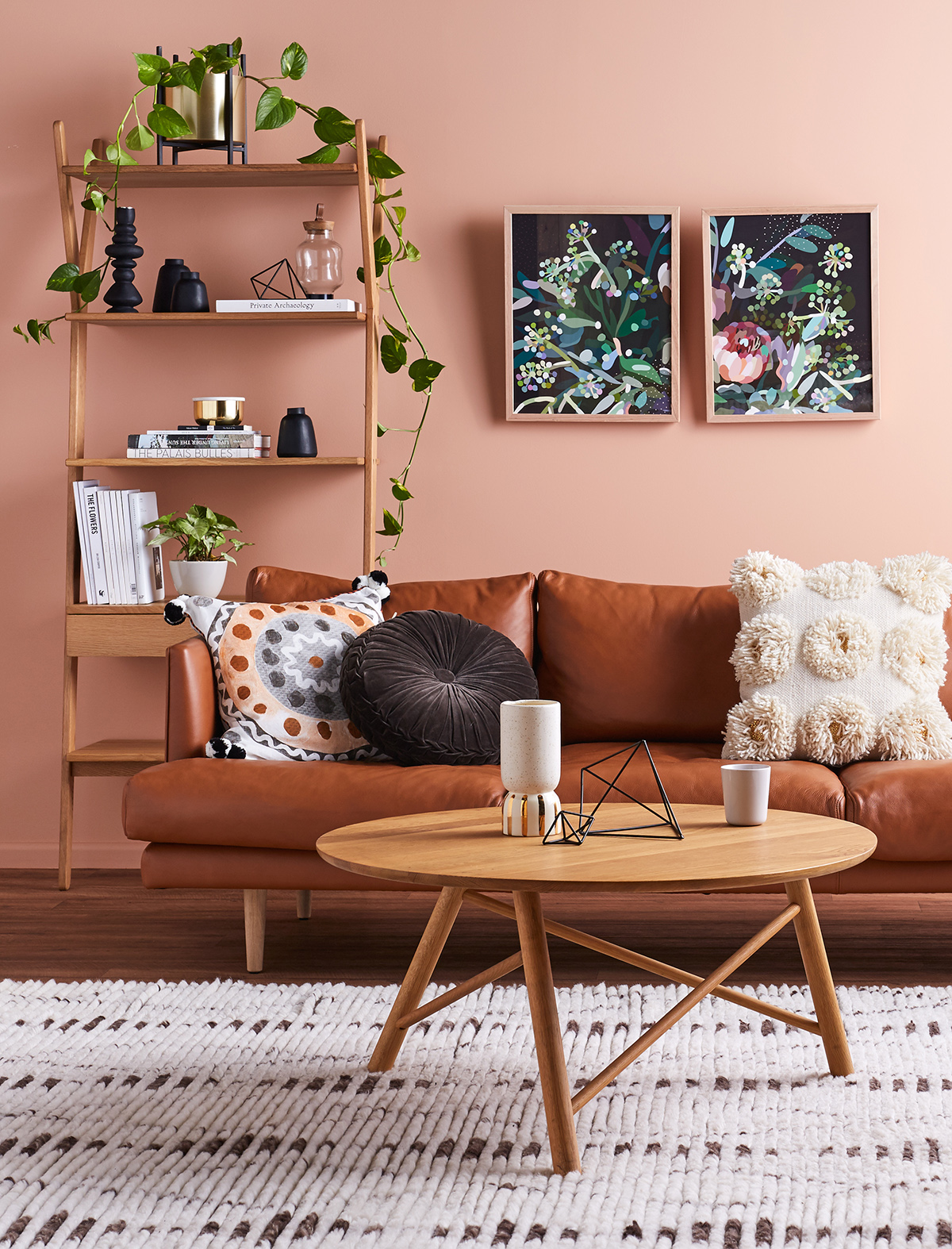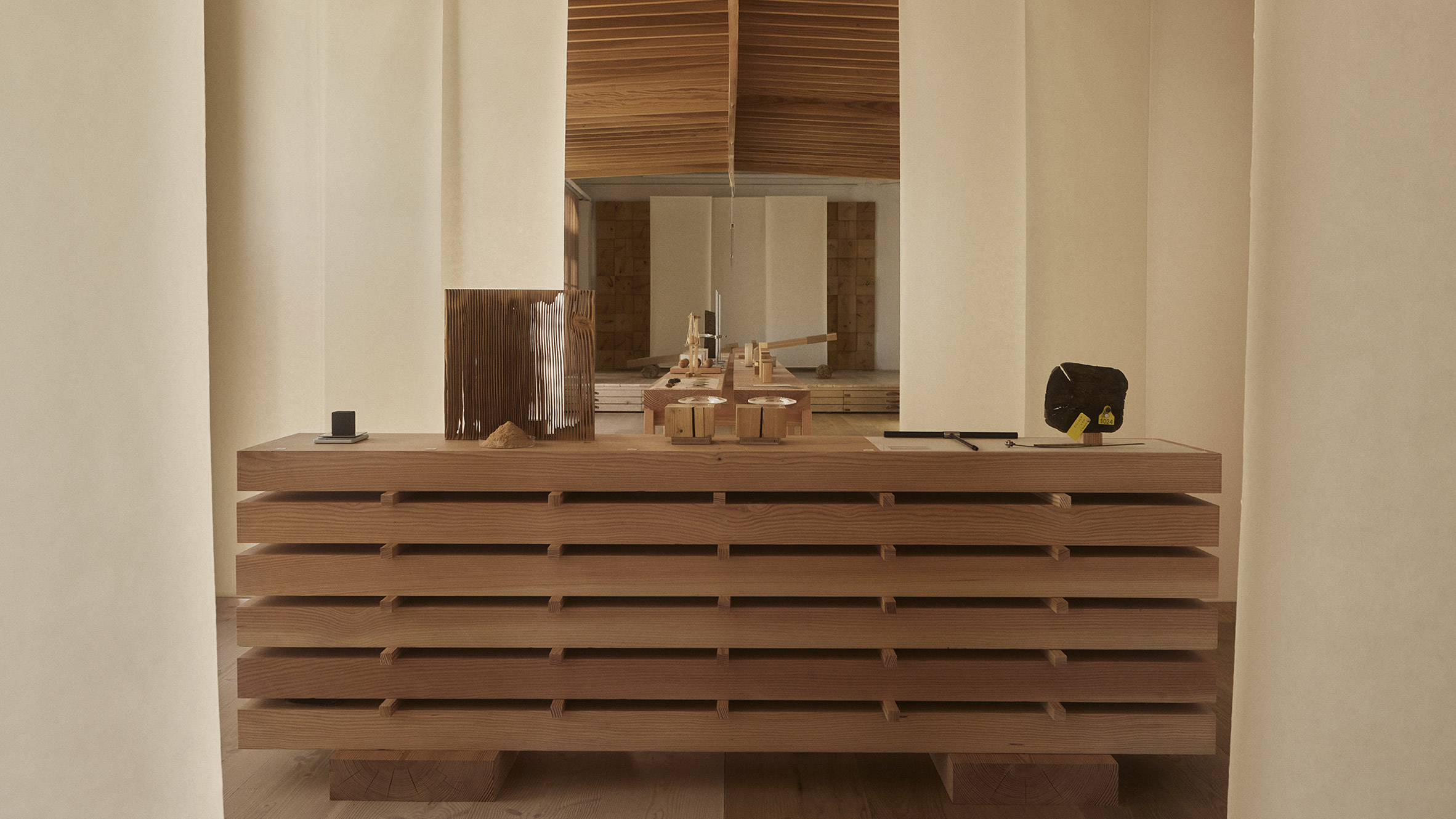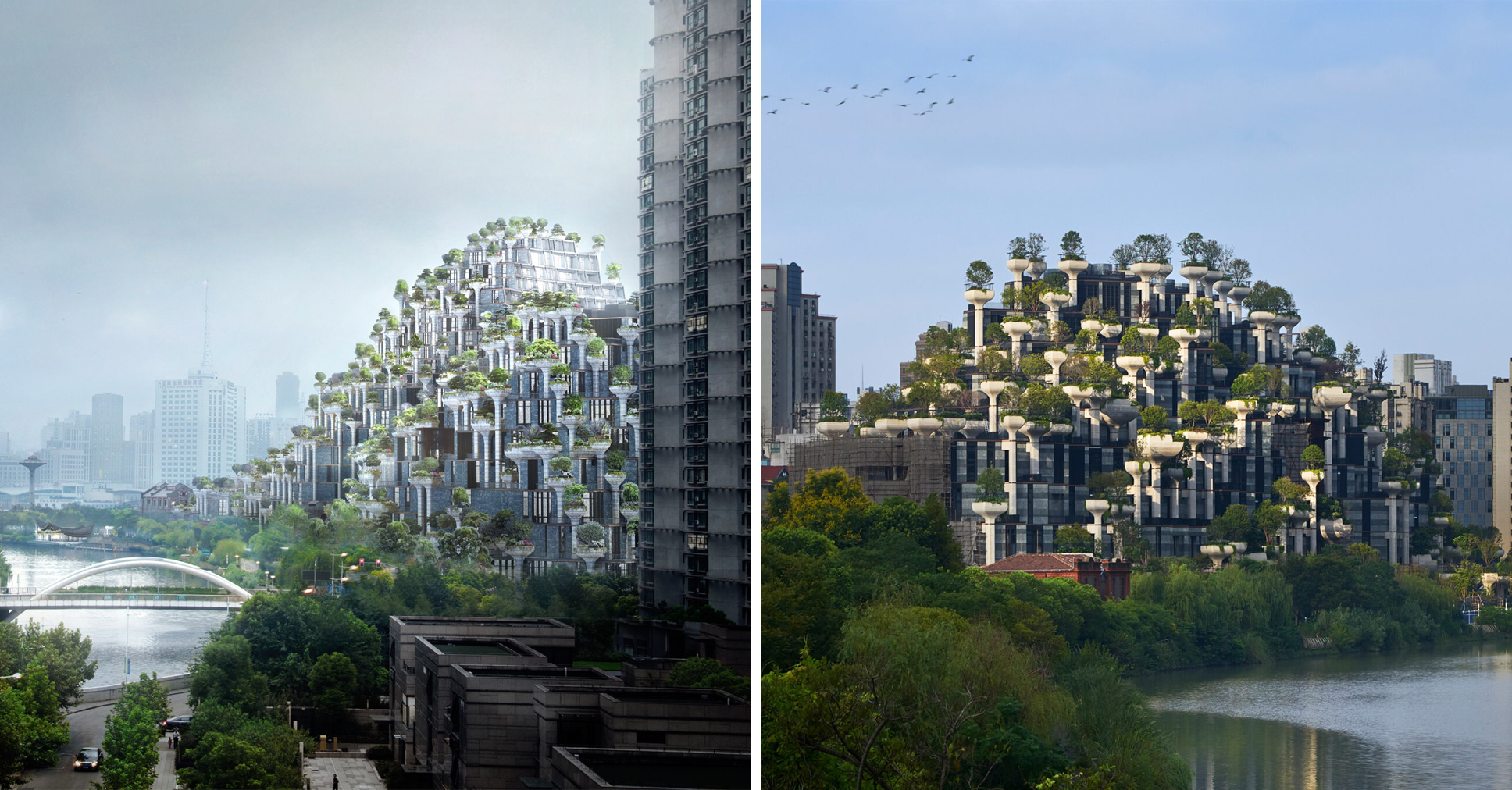[ad_1]

When it comes to making a small room appear larger, choosing the right color can make all the difference. From neutral tones to bold hues, there are various options that can help create the illusion of space in your home. In this comprehensive guide, we will discuss expert tips and tricks on choosing the right colors to make a house look bigger. Let’s dive in!
Image: adore / Photography+ styling: Citizens of Style
1. Embrace Neutrals for a Timeless Appeal
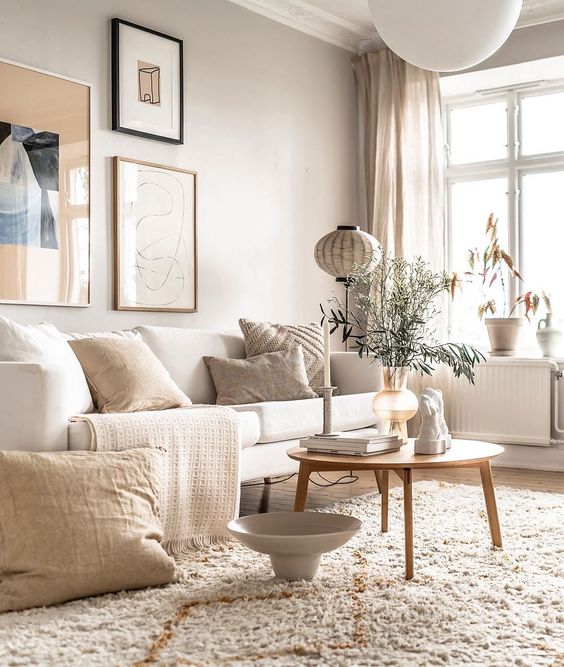
Neutral shades are a popular choice when aiming to make a small room feel more spacious. They bring a sense of lightness and airiness to any space, making it appear larger and more open. However, it’s essential to choose the right neutral shade to avoid creating a cold or stark atmosphere.
The 10 Most Pinned Cream Colored Kitchen Cabinets On Pinterest
South-Facing Rooms: Opt for Stark White
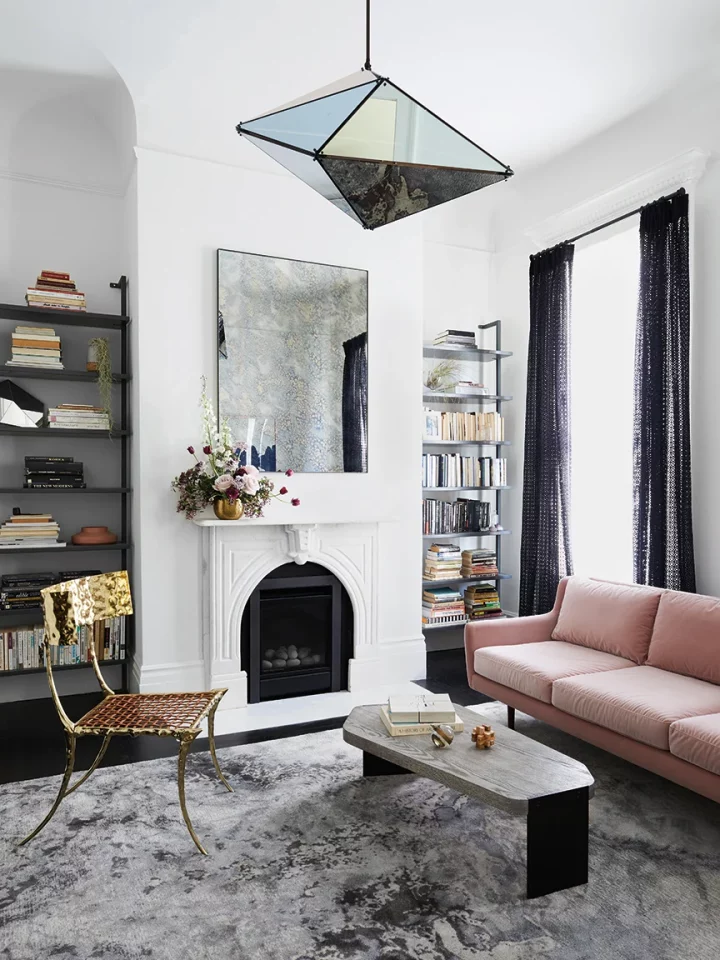
Image: domino
For south-facing rooms, a stark white color is an obvious choice. The natural light in these spaces enhances the brightness and spaciousness of the room. To further amplify the effect, choose an eggshell or satin finish, which will help reflect light and create the appearance of even more space.
North-Facing Rooms: Go for Soft Black
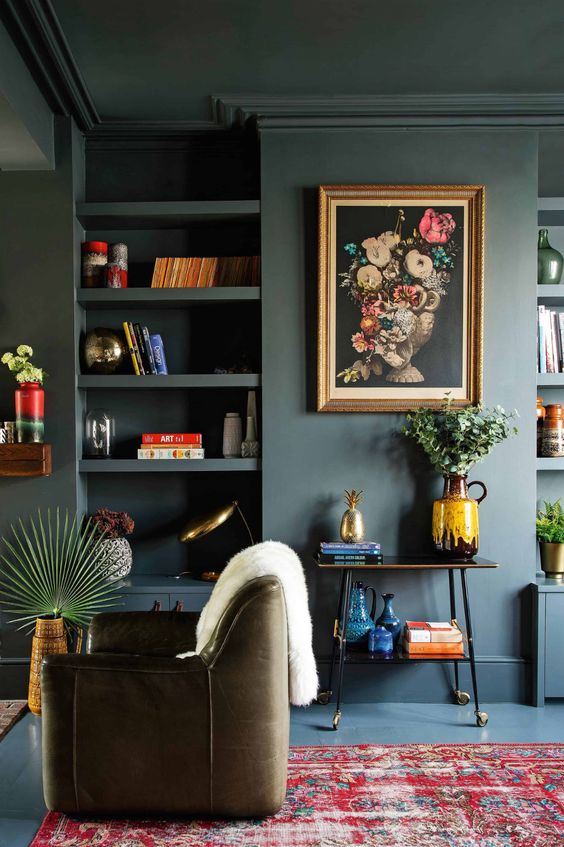
Image: Abigail Ahern
In rooms with little to no natural light, a soft black or charcoal color can create an intimate and grand ambiance. Painting the ceiling, trim, and doors in the same dark hue will give the space a sense of depth and make it appear larger.
Rooms with No Architectural Details: Choose Light Taupe
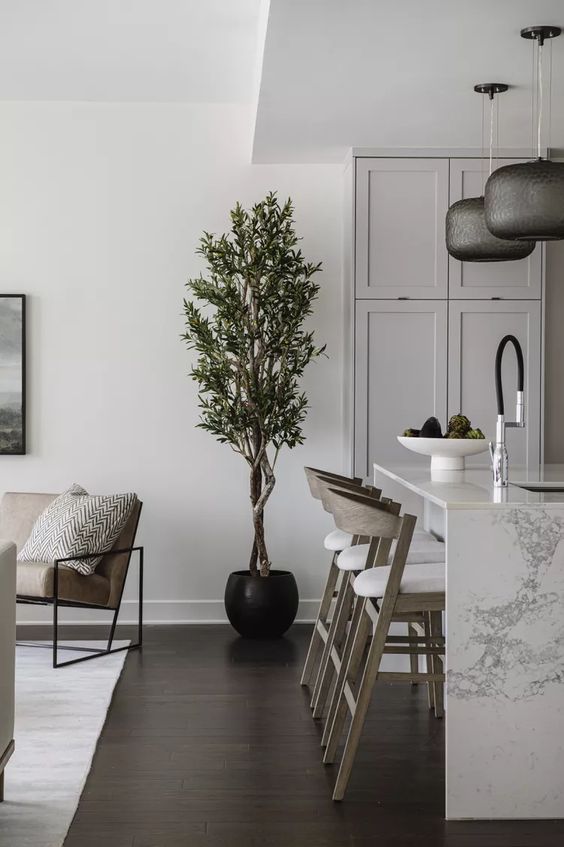
Image: Hibou Design & Co / Cabinetry Color: Sherwin-Williams’ Repose Gray
For rooms lacking architectural details, a light taupe or greige can make the space feel large and elegant. This color is bright enough to allow light to bounce off from one wall to another while adding a touch of warmth that a pure white may not provide.
2. Experiment with Brighter Hues
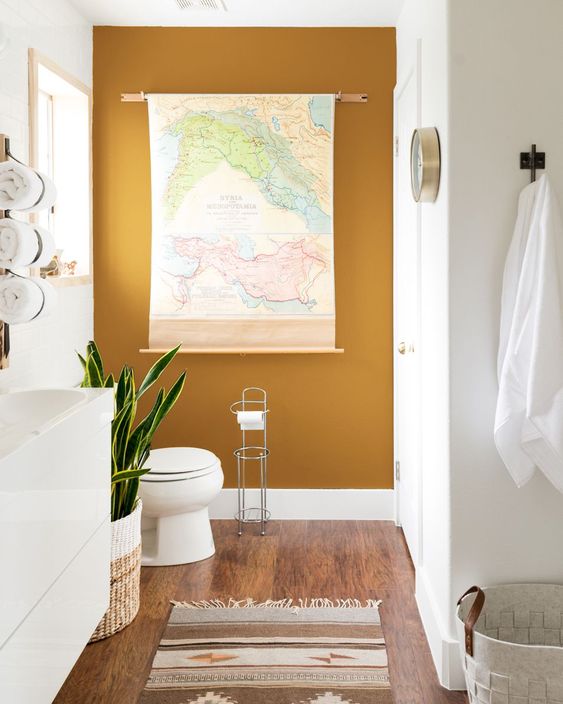
Image: Sherwin Williams
Bold and bright colors can make a small room look bigger by adding energy and visual interest. However, it’s crucial to select the right shade to prevent the room from feeling overwhelmed.
West-Facing Rooms: Try Blush Pink
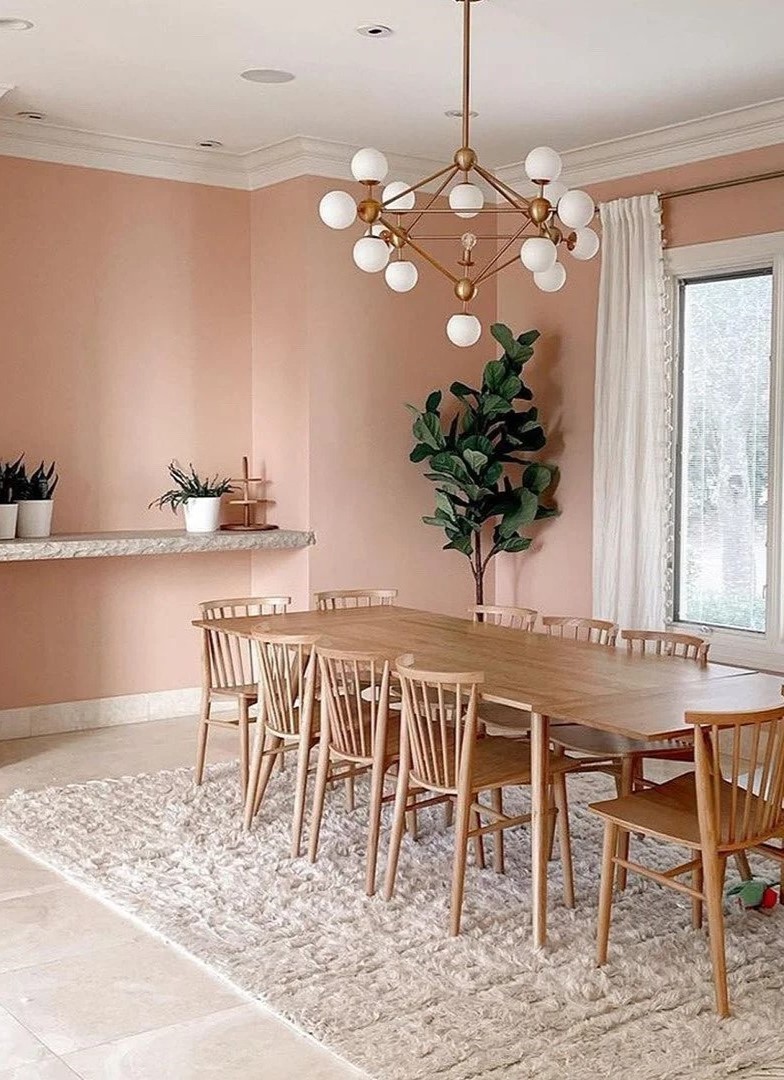
Image: Clare
A soft shade of blush pink can brighten up a small room, especially in west-facing spaces where it looks lovely at sunset hour. This color works well with light warm neutral tones like beige, sand, and ivory, and it can complement masculine woods, modern metals, and luxe velvet or leather furniture.
How To Decorate A Grey and Blush Pink Living Room
East or West-Facing Rooms: Consider Cool Gray
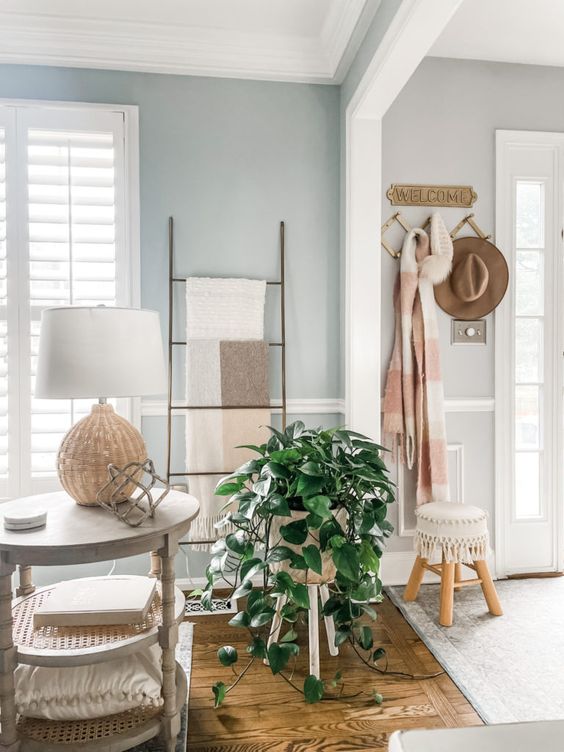
Image: Heather Krout
A light cool gray is an excellent alternative to white for adding a fresh and bright ambiance in east or west-facing rooms. Cool colors feel fresher and brighter than warm ones, helping to create the appearance of more space.
3. Create Depth with Dark Colors
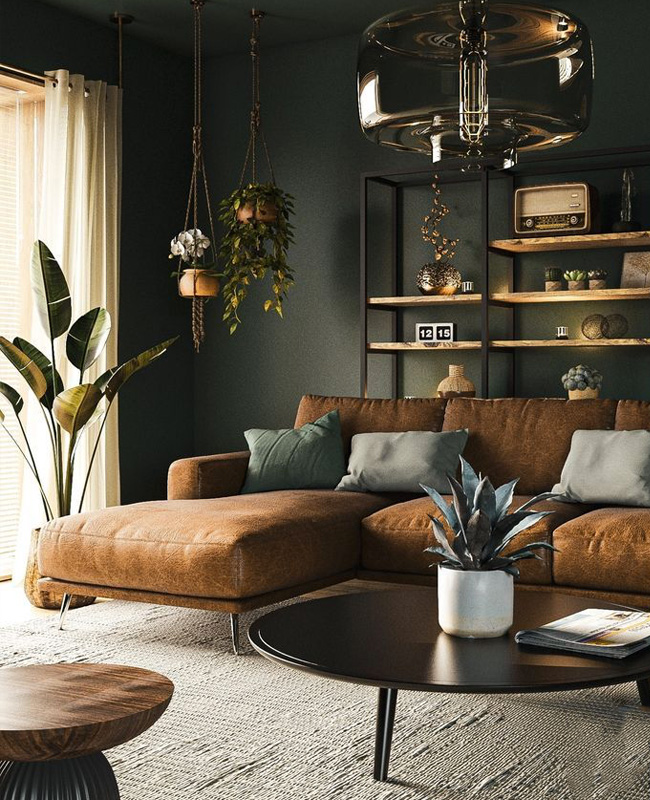
Dark colors like navy or deep green can create an impression of depth in rooms with little natural light, making the space feel dramatic and stately. When painting walls in dark colors, consider keeping large furniture pieces in the same hue to blur the lines between the edges of the room and make it feel larger.
Unlock the Magic of Dark Green Paint Colors: Transform Your Home Today!
Kitchens and Libraries: Opt for Dark Navy
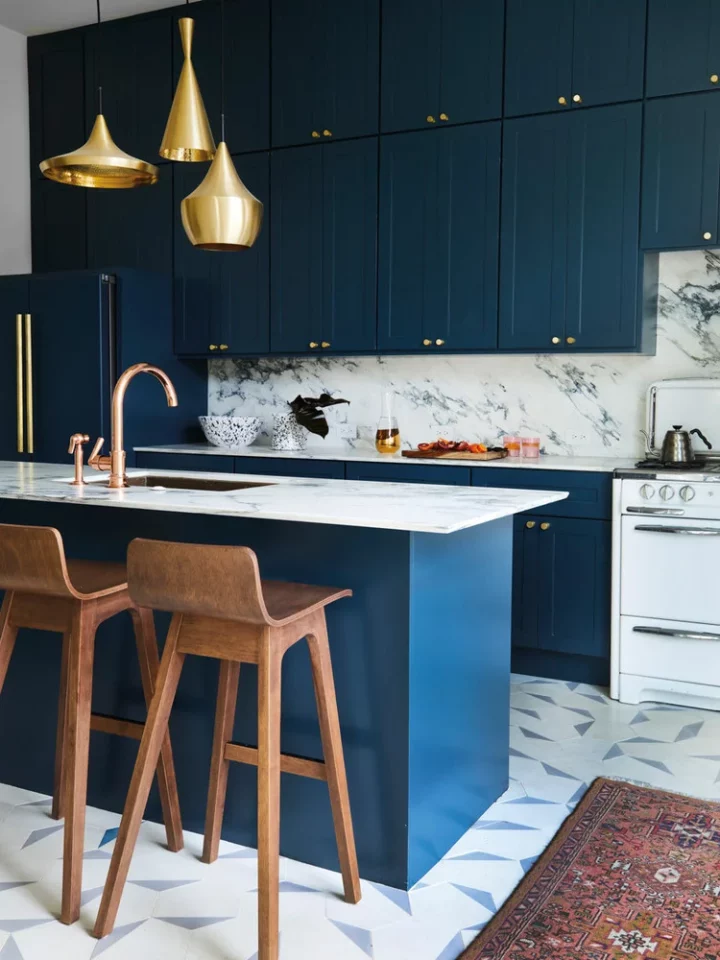

Image: domino, PHOTOGRAPHY BY NICOLE FRANZEN
Dark navy is an excellent choice for kitchens and libraries with little natural light. In these spaces, painting cabinetry in the same dark hue can create a sense of depth and make the room appear larger.
4. Play with Light and Reflection
The right paint finish can add light and depth to a room, making it appear bigger. High-gloss or semi-gloss finishes are more reflective than matte ones, helping to enhance the space by creating the illusion of more light.
Scandinavian Style or Minimalist Spaces: Choose Sherwin Williams Nuance
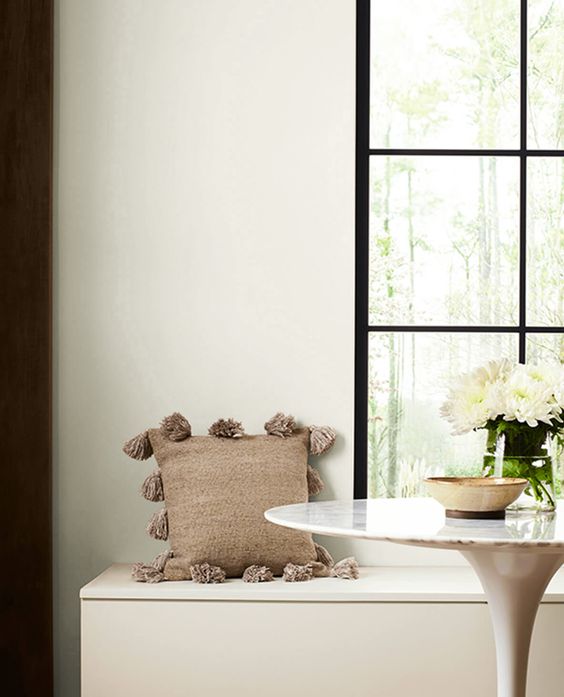
A crisp white hue like Sherwin Williams Nuance works well in Scandinavian style or minimalist spaces. Painting both the walls and ceiling in this color creates an open, cohesive look, allowing architectural details to shine.
Bathrooms: Experiment with Behr Secret Meadow
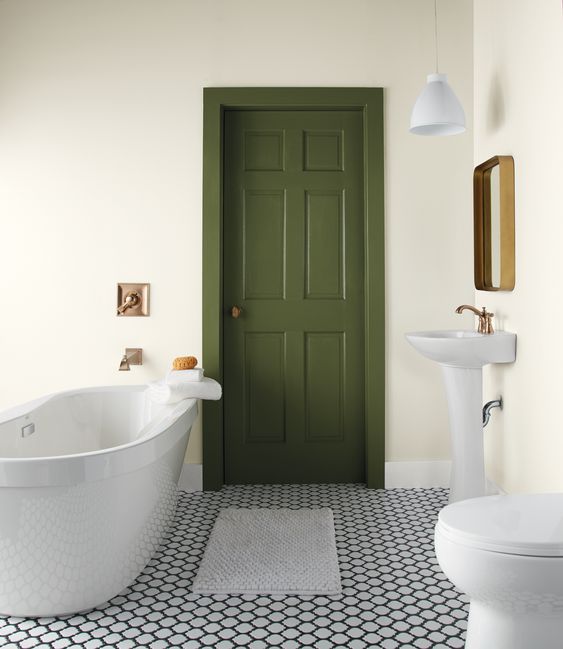
In bathrooms, consider painting only the upper portion of the walls in a light color like Behr Secret Meadow. This half green, half white solution makes the space appear larger and provides a beautiful backdrop for mini gallery walls.
5. Don’t Neglect the Ceiling
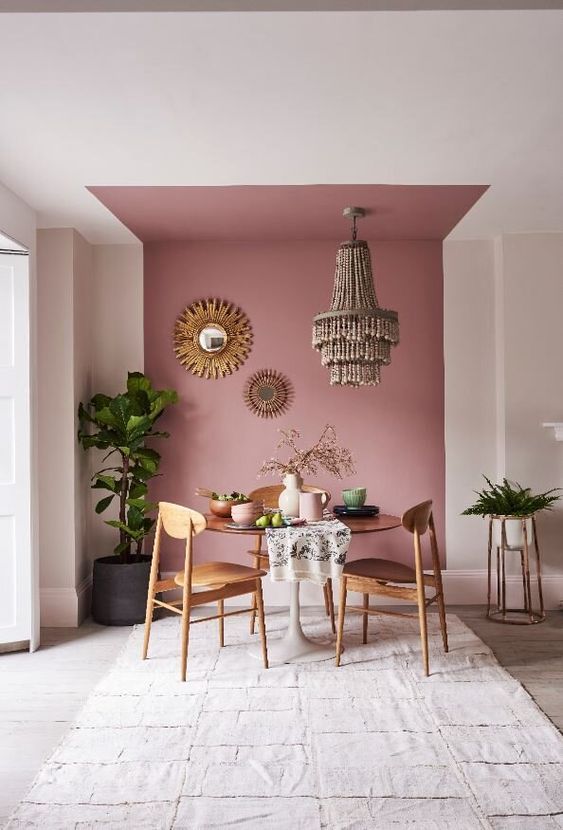
Painting the ceiling in a tonal color or the same shade as the walls can make a small room look bigger by drawing the eye upwards and creating a cohesive, enveloping space.
6. Opt for Monochromatic Styling
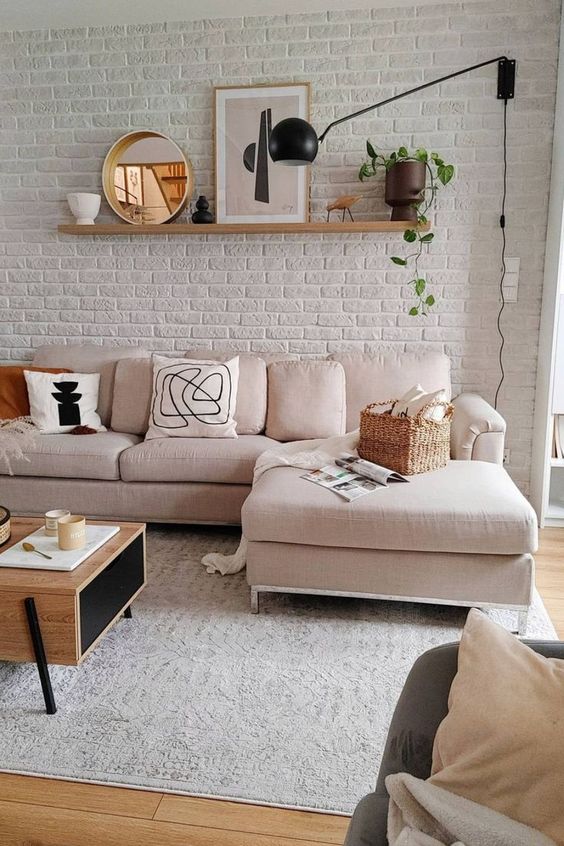
Using a monochromatic color scheme with varying shades of the same color can create a sense of depth and make a room feel larger. This technique works well with any color, from neutrals to bold hues.
7. Incorporate Colorful Accents
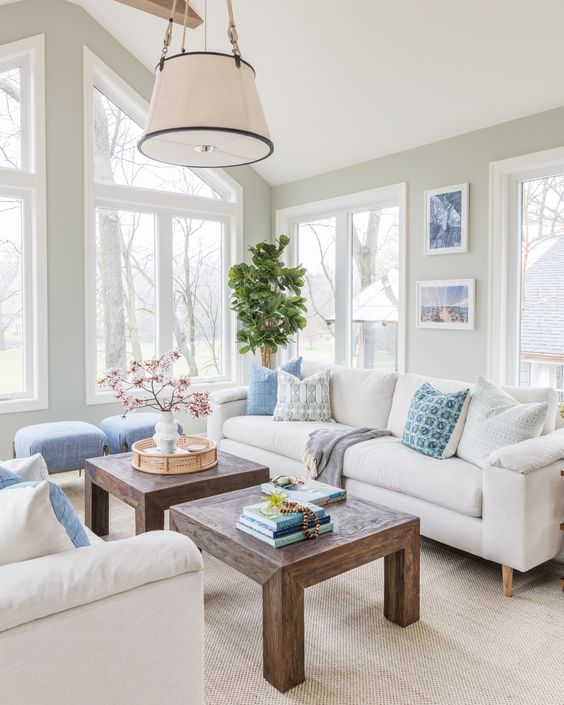
Adding pops of color through accents like rugs, artwork, and decorative accessories can help break up a monochromatic scheme, making the room feel more dynamic and spacious.
8. Use Colorful Furniture
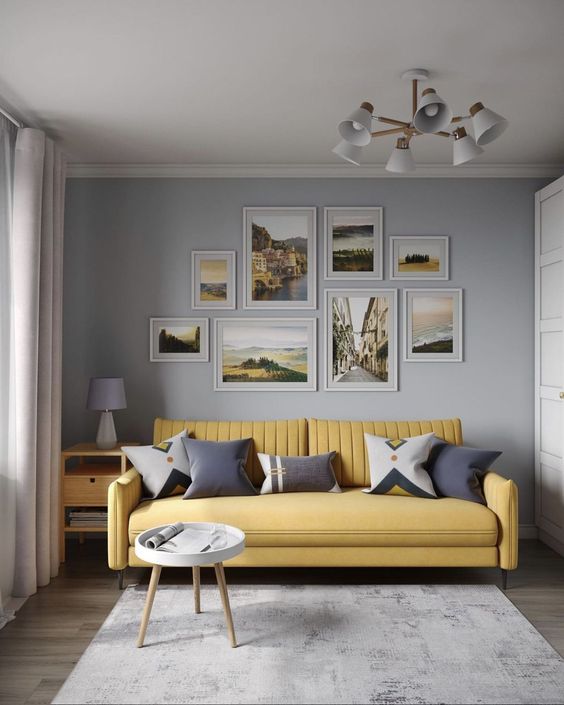
Opting for lighter-colored furniture pieces can ensure a room with dark walls still appears fresh and inviting. If you’re unsure about painting all four walls in a bold color, consider creating an accent wall and building an art display around it.
9. Consider Color Drenching
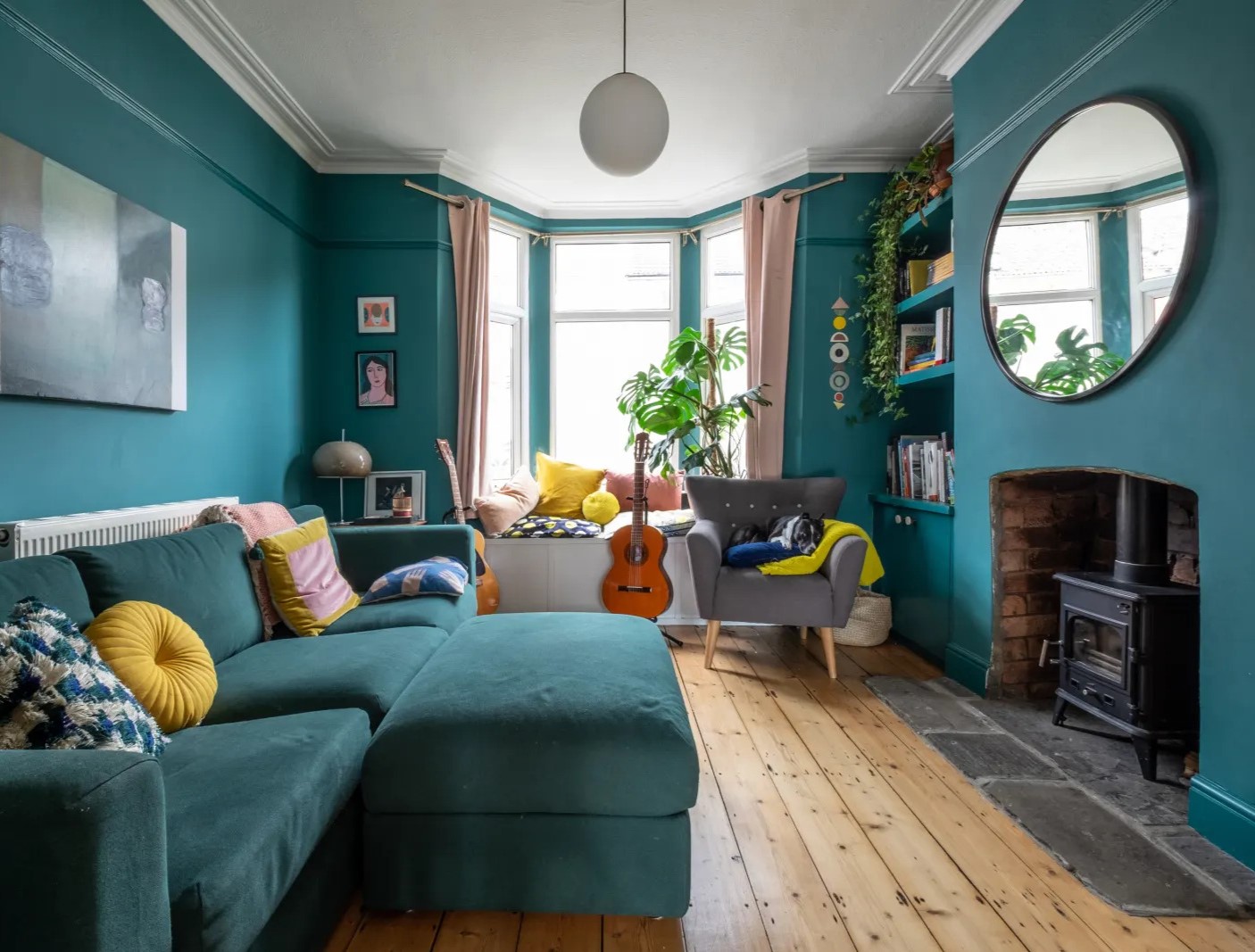
Image: apartment therapy
Color drenching, or using a single shade or closely related colors across all elements in a space, can create a cohesive and enveloping atmosphere. This technique can make a room feel larger by softening architectural details and immersing the space in color.
10. Combine Colors with the Color Wheel
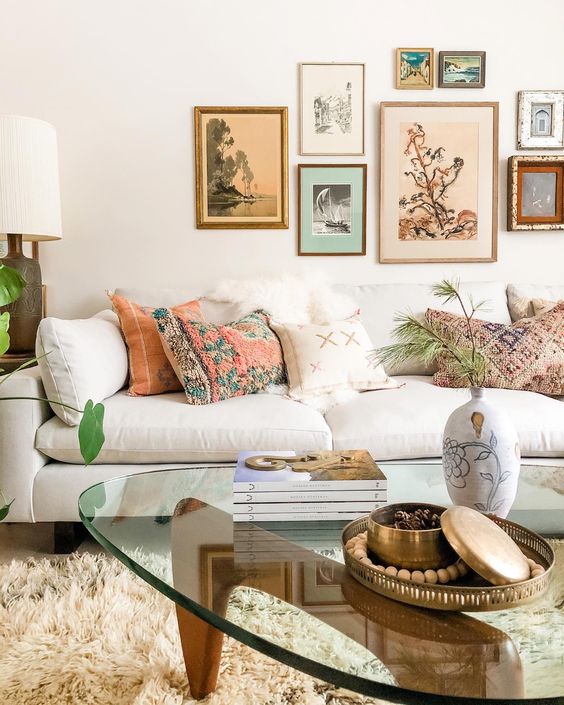
Image: sister golden
Using the color wheel to determine the best accent colors for a room can help prevent visual clutter and create a harmonious, spacious environment.
In conclusion, a well-thought-out combination of colors can significantly impact the perceived size of a room. By experimenting with neutrals, bright hues, dark colors, and various finishes, you can create visually larger and more inviting spaces in your home. Remember to take into account the room’s natural light and orientation when choosing the perfect color palette.
Related
[ad_2]
Source link

